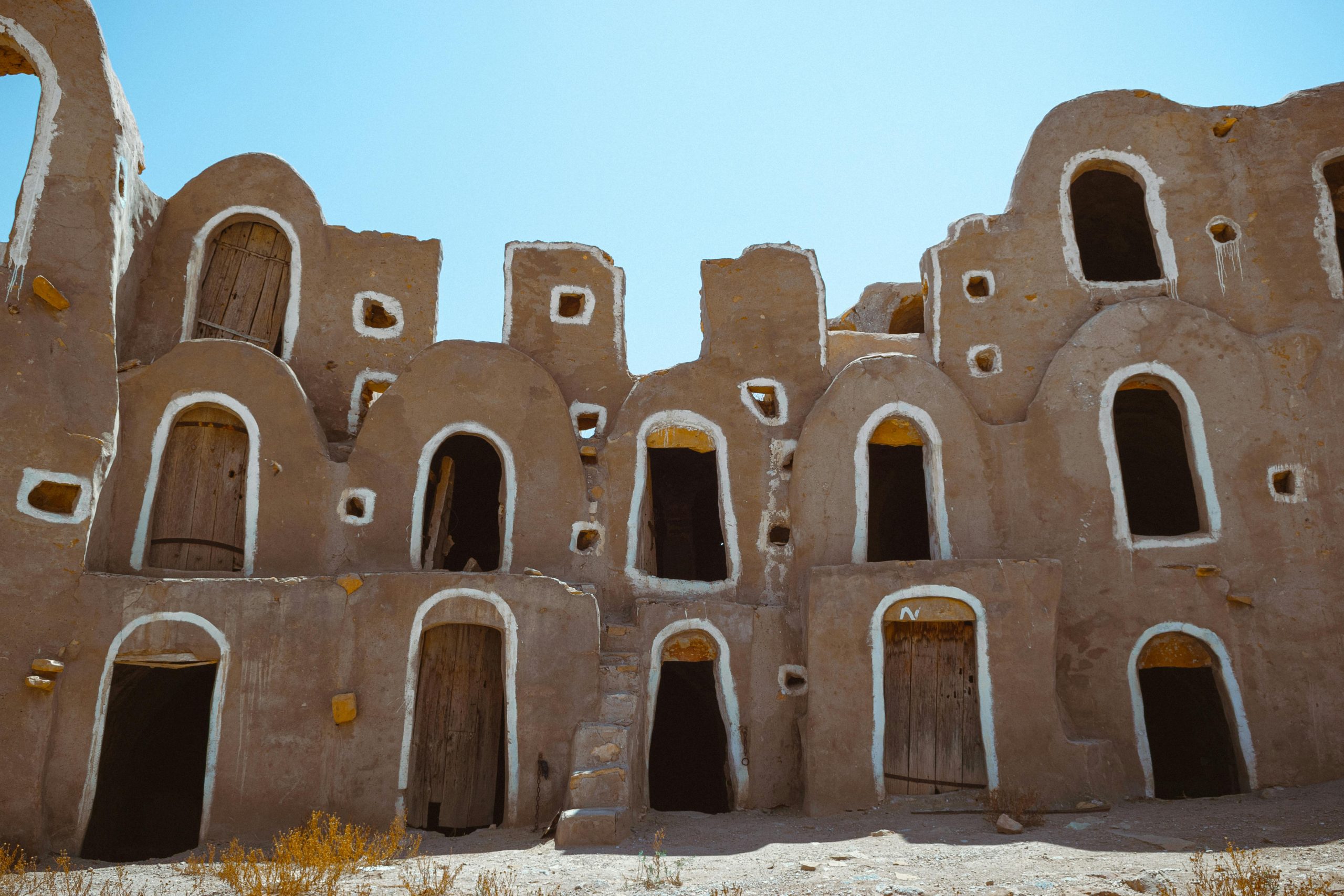Did you know that mud houses offer both cooling and heating depending on the temperature? In other words, they keep you cool on hot days and warm you up when it's cold. This is possible because mud absorbs and stores heat during the day and releases it at night when it's cool. For this reason, mud houses serve as a sustainable alternative to concrete houses, which typically require heating and cooling systems to be livable.
Like mud houses, there are many other age-old building practices rooted in sustainability. These methods, passed down for generations, offer environmentally safe alternatives to energy-intensive construction materials. Now, in the face of climate change, modern architects are turning to these time-tested traditions.
This article explores some of these building techniques and how they are used today, demonstrating how tradition and modernity can merge to create resilient, cost-effective, and eco-friendly structures.
1. Earth-Based Construction:
Mud-based structures have been part of ancient architecture for centuries. Examples such as Mali’s Great Mosque of Djenné perfectly showcase their durability.
Like earlier mentioned, earth-based structures are natural insulators. They also come with a number of benefits. For instance, not only are they low-cost, but they are also fire-resistant. However, building with mud also has its downsides. To begin with, they are susceptible to water damage and require regular maintenance.
For this reason, modern builders usually compact the mud, adding a small percentage of cement or lime to it to create stronger bricks and walls. This helps retain its eco-friendly properties while meeting modern building standards.
As a result, in countries like Burkina Faso and Senegal, architects use this technique to design energy-efficient homes that stay cool in hot climates and warm when it's cold.
2. Thatched Roofing:
Thatched roofs also regulate indoor temperatures. They are typically made from dried grass or palm fronds and not only provide effective thermal insulation but are also naturally waterproof.
They are, however, (fire hazards and are prone to decay). To combat these setbacks, thatched roofs are usually made using improved frameworks and fire retardants.
Now, they are not just used for roofing but also as decorative and functional cladding that blends traditional aesthetics with environmental consciousness.
Today, they serve as roofing for beach homes, gazebos, and cabanas in various resorts like those in Abu Dhabi and Dubai.
3. Bamboo-based Architecture:
Bamboo has long been a staple in traditional construction. It was often utilized because it was easy to source and could be found almost everywhere.
Now, because it grows rapidly and is durable, it has become the go-to for scaffolding, roofing, and even structural frameworks, making it a sustainable alternative to concrete and steel.
Moreover, bamboo not only has a lower carbon footprint due to the minimal need for transportation, but it is also biodegradable and often regenerative.
4. Passive Cooling and Natural Ventilation:
Ancient builders have historically designed homes to maximize airflow and daylight, minimizing reliance on artificial cooling and lighting.
This they did by building high ceilings, open courtyards, as well as perforated facades. These practices allowed hot air to rise and escape, keeping interiors cool and well-ventilated while providing shade.
Common to Africa, the Middle East, and Asia, the techniques not only enhanced natural ventilation but also daylight access. In addition, they created peaceful areas where people could relax and connect.
Today, they are being reimagined in urban housing to improve indoor air quality and reduce the need for artificial lighting and cooling.
5. Water Harvesting and Conservation:
Indigenous communities have long practiced rainwater harvesting and efficient water use. In places like India, stepwells and underground tanks captured rainwater during the monsoon.
Today, architects are incorporating rainwater harvesting systems, greywater recycling, and green roofs to manage water sustainably in buildings. Buildings such as the Shanghai Tower and One Central Park mentioned here are a few of said buildings implementing this system.
In essence, blending traditional knowledge with modern innovation paves the way for a greener future. These sustainable practices not only preserve cultural heritage but also address environmental challenges like climate change and resource depletion. Therefore, they remain a key sustainable solution in modern architecture.
You can discover many of our eco-safe products and services here and visit our blog here to check out more exciting news and updates. Feel free to visit our YouTube channel here for more exciting content. And follow us on Instagram @redcityestate for any important announcements.
Would you consider implementing any of these ancient building practices in your modern projects? Let's know your thoughts below.

